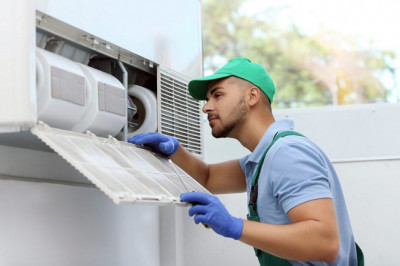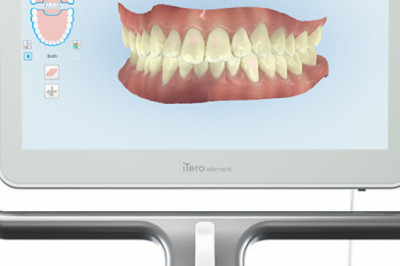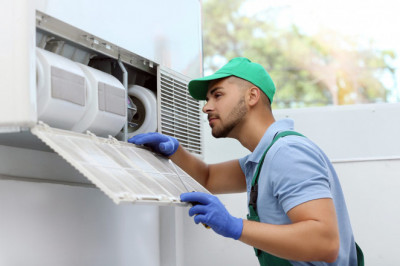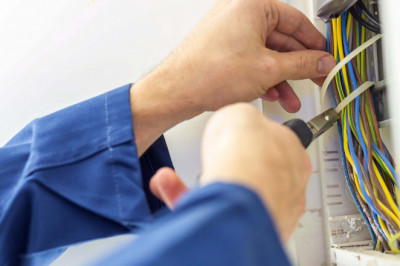views
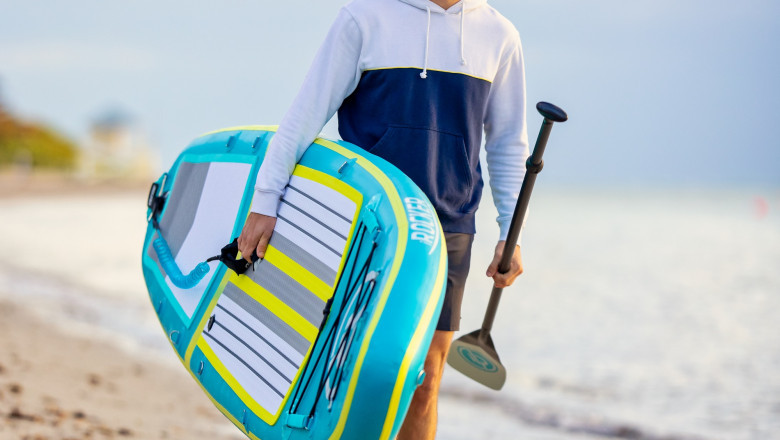
Choices, choices! When it comes to paddleboards, you have two primary options: inflatable paddleboards (iSUPs for short) and hard paddleboards. At a glance, the difference might seem obvious; the iSUP is pumped up using air, while the other is a traditional paddleboard you’ve come to expect. Pretty simple, right?
Well, not so fast! The question of the day is, does one make more sense for you than the other? Like many things in life, it all depends on your goals and expectations. While there are a few obvious differences between inflatable paddleboards and hard boards, there are plenty of subtle factors to keep in mind as you decide between the two. So, to help you choose, here are a few things to consider.
Is Storage Space Important?
First and foremost, think about what you really want out of your paddleboard. Most of us just want to get out on the water and paddle our cares away. But what about the time not spent on the water? This includes the time spent transporting your board to and from the water or the time your board spends in storage. These are important details to keep in mind as you work toward a decision, as one of the primary differences between an iSUP and a hard paddleboard is how much storage space is needed when it’s not in use.
When to Choose an iSUP
One of the greatest benefits of an inflatable paddle board is the fact that you can store it just about anywhere. When it’s deflated, it’s incredibly easy to tuck away in the car, garage, attic, or by the door, ready for your next adventure. You don’t need a dedicated roof rack or trailer to haul your iSUP. The best ones even include a convenient rolling case too. It goes where you need it to go when you’re not on the water. That’s peak convenience.
Another reason to go inflatable is budget-related. Paddleboards come in a variety of styles and sizes—and prices. If you’re more budget-minded, it can’t hurt to look at inflatables. This goes double for newcomers to the paddle life who want the experience without diving in headfirst—that comes later. It’s easy to find a blow up paddle board made from high-quality materials (such as dual-layer military-grade PVC) at a more beginner-friendly price than hard SUPs.
When a Hard SUP Makes Sense
Eager to get out on the water without the wait? A hard paddleboard may be the answer! With an inflatable paddleboard, you have to, well, inflate it. This can take between 5-12 minutes, depending on the board and your inflation method. With a hard SUP, you skip this step entirely. All you have to do is grab your board and hit the water.
Additionally, some people prefer the feel of a hard SUP on the water, specifically when it comes to wave performance. Hard SUPs tend to be more rigid than inflatable options and are often made with fiberglass, Kevlar, foam, bamboo, and other buoyant but tough materials. Their inner structure is usually protected by a hard, durable polycarbonate ABS shell. Exact materials vary between manufacturers, but hard boards don’t have as much flex as inflatables. When it comes to surfing or paddling over waves, they are a solid choice.
About iROCKER
Founded in 2013, iROCKER was built on the idea of making the great outdoors even more accessible. The brand is defined by the love for all things water— from oceans to lakes, rivers, and ponds. They offer a diverse selection of top-quality gear, including paddleboards, inflatable docks, and a full assortment of paddleboard accessories. iROCKER is also your resource when it comes to getting more out of your paddleboarding experience. Whether you’re a stand up paddleboarding newbie or you’ve been doing this a while, iROCKER is ready to help you make the most out of your next adventure.
Learn more about inflatable and hard paddleboards at https://www.irockersup.com/
Original Source: https://bit.ly/3akfA4l







